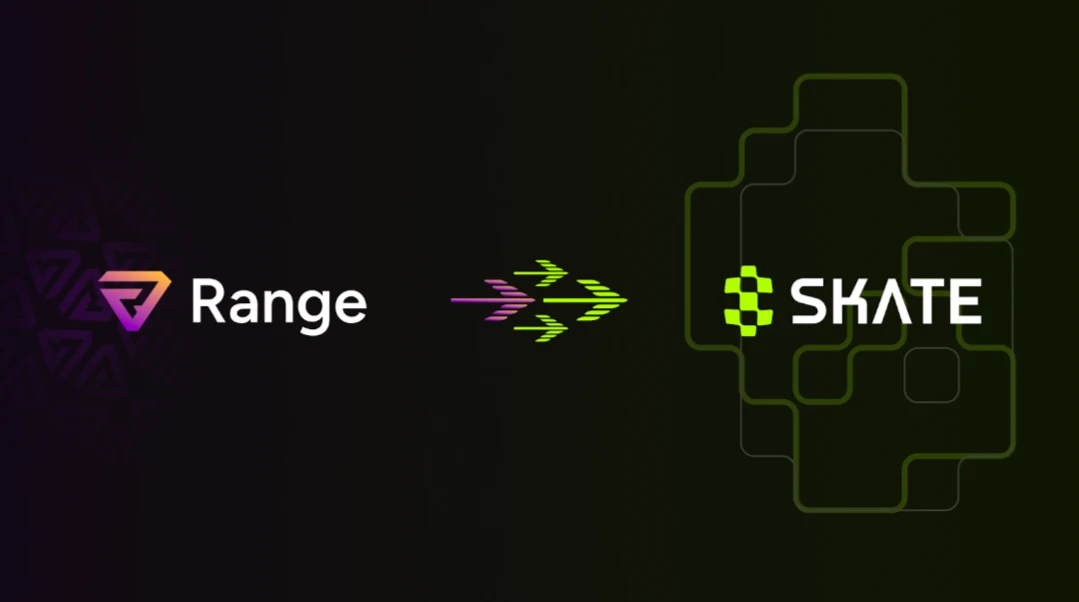
Were excited to announce the launch ofUniversal Application Layer - Skate, allowing any DApp to run simultaneously on thousands of chains through a single state set. Any non-EVM as well as EVM new chains can be easily connected to Skate, and users and developers only need to interact individually with Skate to instantly access thousands of chains simultaneously.
With the emergence of Rollups expansion solutions and the rise of modularity, a large number of L1 and L2 have emerged to increase on-chain throughput and reduce transaction costs. However, the multi-chain environment also brings a series of problems, including poor user experience, duplication of development work, liquidity fragmentation, and harmful order flow.
The above problems arise becauseDApp application siloing. In a multi-chain environment, DApps need to be deployed, adjusted and maintained on more and more chains. Every deployment on a new chain represents a new set of islanded application states, making the islanding of DApp applications more serious.
Skate provides a convenient means for DApp deployment on any chain, while connecting all existing liquidity through a hub-and-spoke architecture. Match and execute transactions by signing Intents by users, and rely on EigenLayer for real-time execution to achieve Fast Finality.
Why are we building Skate?
DAppApplication siloing is the result of applications having different “state sets” on different chains and is the root cause of liquidity challenges in the current multi-chain environment. A state set refers to the current state of the system at a specific point in time, such as how many projects/assets each user owns.
Take DeFi as an example: currently there are more than1200 a decentralized exchange,380 a loan agreement and220 A derivatives protocol, these DApps are deployed on up to 30 chains. This means that countless sets of states must interact with each other, introducing huge complexity and inconsistencies. Other areas on the chain are also facing the same challenges, which is the main obstacle to large-scale application for the entire industry, and can be summarized as follows:
High development costs:Deploying and maintaining a separate set of application states on a new chain requires significant development resources and liquidity startup costs.
Poor user experience:In todays multi-chain environment, users learning costs are getting higher and higher. Users need to constantly move assets across chains, learn to interact with various DApps on each chain, and find projects with the best yields. This is the main obstacle for new users to get on-chain.
Fragmented Liquidity:Liquidity is scattered across the state sets of various Dapps on different chains, resulting in price differences and large slippages for users. As the number of chains increases, liquidity will only get worse.
Toxic Flow:The current siled landscape of DApp applications has led to harmful order flows like arbitrage trading and MEV. The only purpose of arbitrageurs and MEVs is to extract value from LPs, not to create value for the chain.
DApp application siloing results in DApps having different sets of states on each chain they are deployed on. This means that each deployment of a new chain by DApp is a huge task, and the existing solutions to solve this problem from the single chain level are far from enough: DApps with different state sets on different chains are application silos. the root cause.
True interoperability requires close cooperation between multiple chains and multiple DApps. Without solving this problem, it will be difficult to expand in every field on the chain.
Skate introduces the concept of Universal Application Layer
Skate introducedUniversal Application LayerThe concept that Skate maintains a single set of state and application logic that is accessible to all chains.
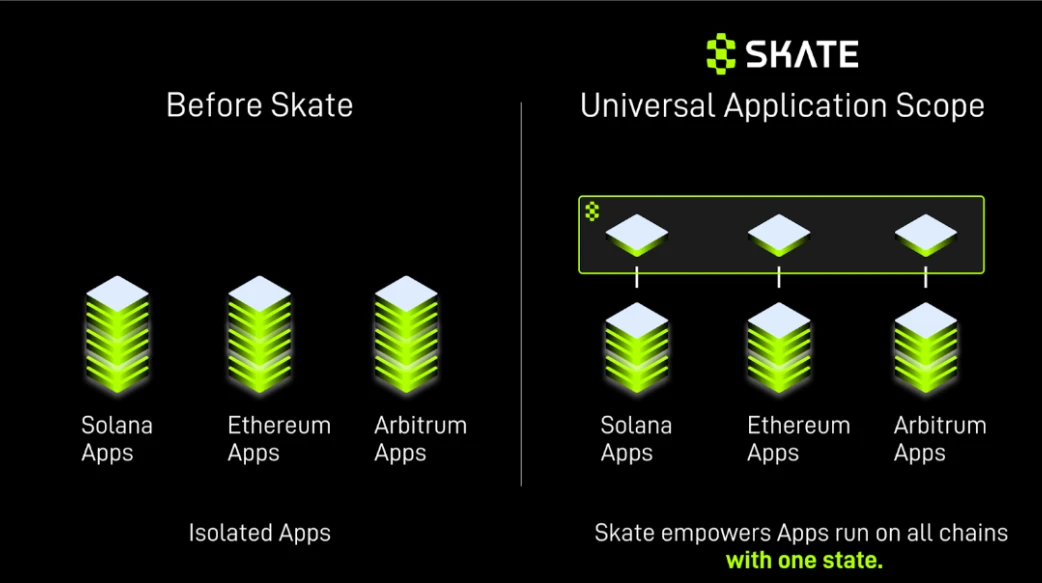
We create Skate based on OP Stack and use hub-and-spoke architecture to connect to other networks, match and execute transactions by signing Intents by users, and rely on EigenLayer for real-time execution to achieve fast finality (Fast Finality) .
This means that Skate can monitor information such as pending orders, liquidity, and the internal mechanics of the application (application logic) simultaneously across all blockchain networks. Skate itself will only record the application logic and not save any assets. The state set and application logic of an application utilizing Skate will reside on the Skate chain so that third-party executors (Executors) can monitor signed Intents and help with execution. This makes it easier to deploy any DApp on a new chain.
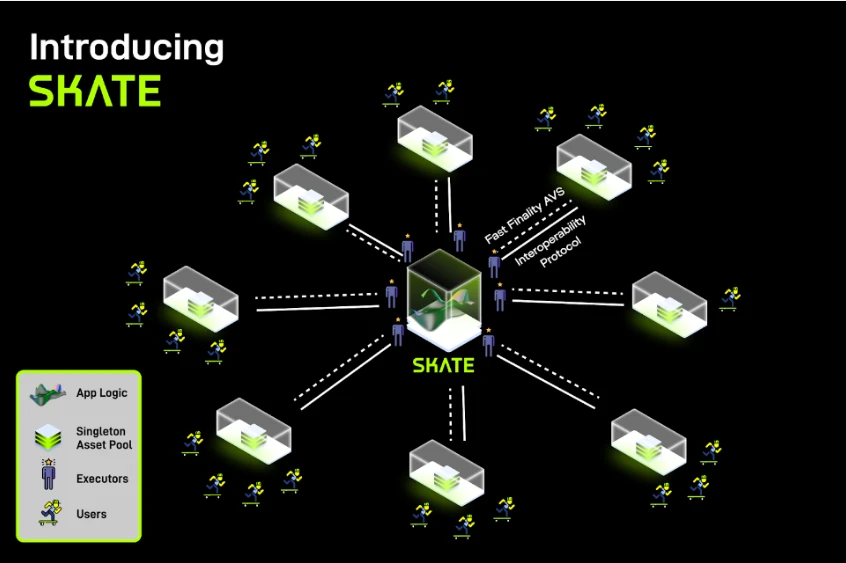
What does the launch of Skate mean?
This means that the application becomesFull chain, developers can easily deploy any DApp on any chain. At the same time, neither developers nor users need to expose themselves to bridging risks or liquidity fragmentation; instead, they only need to simply sign Intents to match.
This has a major impact on almost all areas of Web3, and application cases include DeFi, NFT, games, SocialFi, etc.
For example, a DeFi application deployed on the Ethereum mainnet can leverage Skate’s innovative technology to scale to Solana, Arbitrum, and thousands of other different chains. Skate allows users to interact with DApps based on Intents while maintaining a single set of states on all chains. This means that user actions on Solana will be reflected on other chains and vice versa, providing a seamless and unified experience.
This is just the tip of the iceberg. With Skate, many possibilities will be revealed, and innovative cross-application and cross-chain products will emerge.
Skate Overview
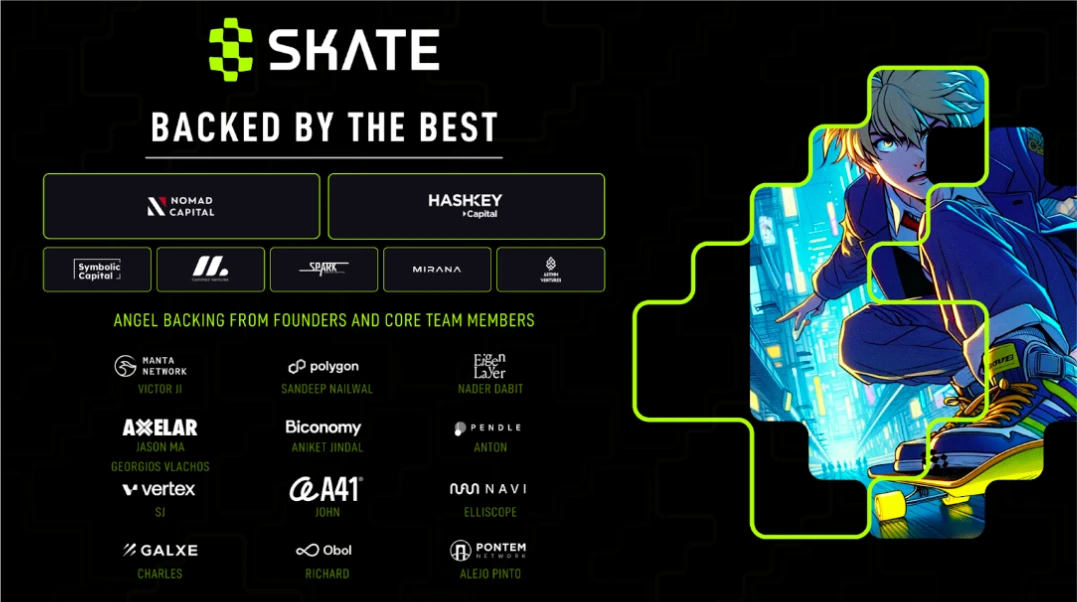
The Skate team consists of financial engineers and blockchain developers with extensive experience in digital asset trading. During Range Protocol, we integrated 10 blockchain networks, generated over $30 million in TVL, and established partnerships with leading DeFi networks and applications. Skate previously closed a seed round led by Hashkey Capital and Nomad Capital, with participation from Spark Digital Capital, Mirana Ventures, Mantle Ecofund, Symbolic Capital, Asymm Ventures and Comma 3 Ventures.
Recently, Skate has received support from Web3 entrepreneurial teams such as EigenLayer, Polygon, Manta, Axelar, Biconomy, Pendle, A 41, Vertex, Navi, Pontem, and Galxe.
In the near future we will be focusing on integrations with head partners and applications. We will also share more specific architectural information at a technical level.
Welcome to Skatepark
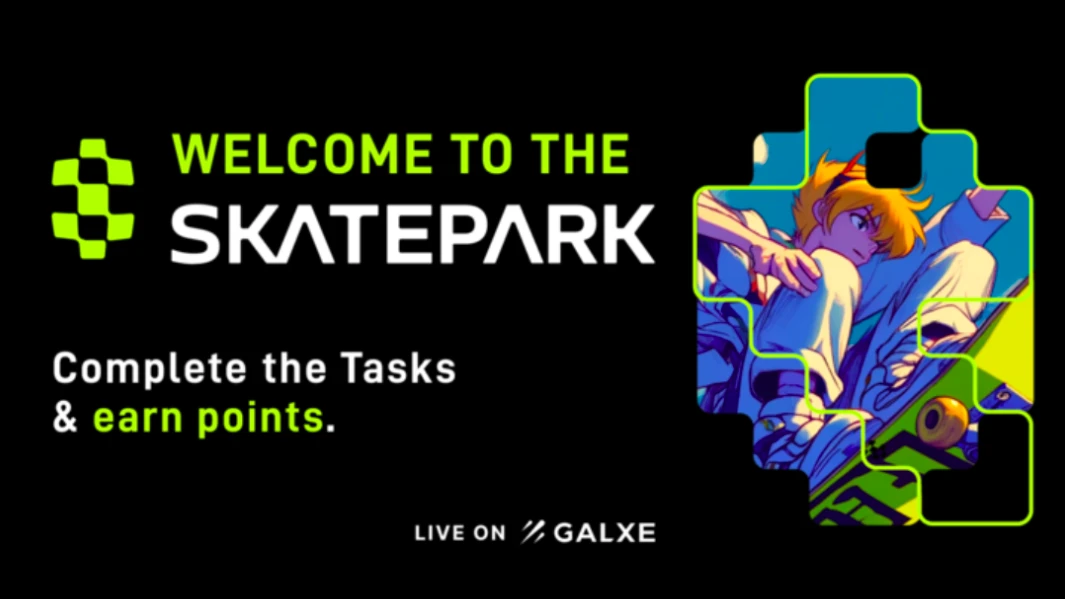
To celebrate the launch of Skate, we are opening SkatePark to early community supporters. SkatePark is a dynamic platform that will reward participants for early contribution and participation in the Skate ecosystem.
We encourage users to complete Galxe tasks and be the first to earn points in SkatePark, which will be directly linked to our future community token airdrops.
In the meantime, be sure to follow us on Twitter:https://twitter.com/skate_chainAnd join our Telegram group:https://t.me/skatechain










